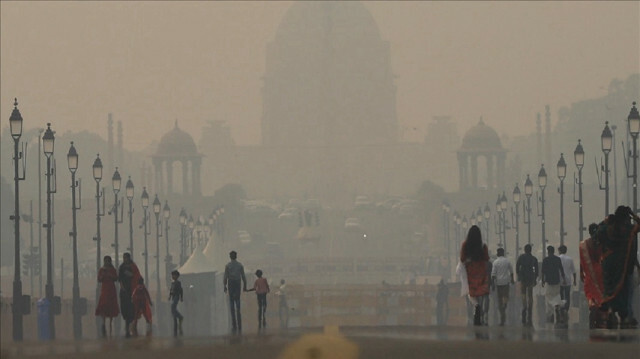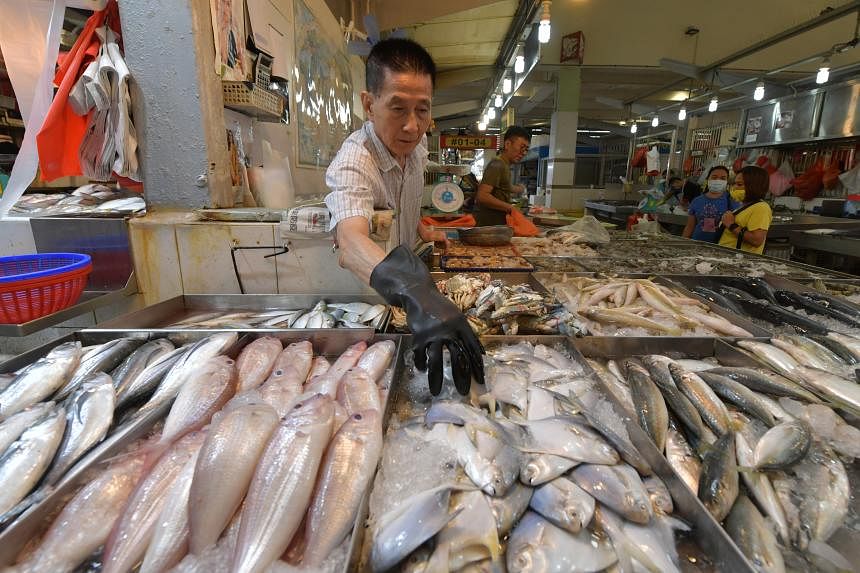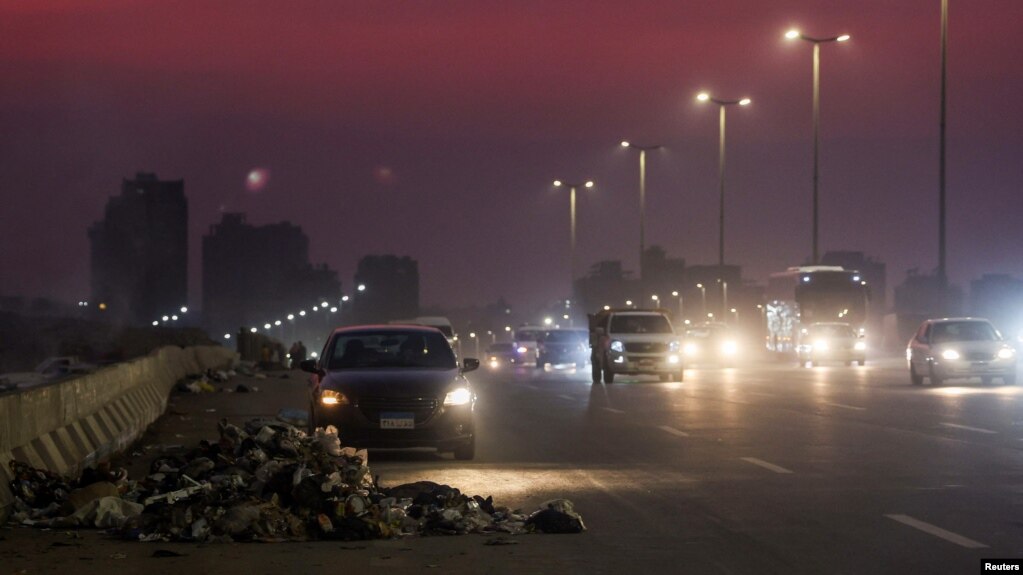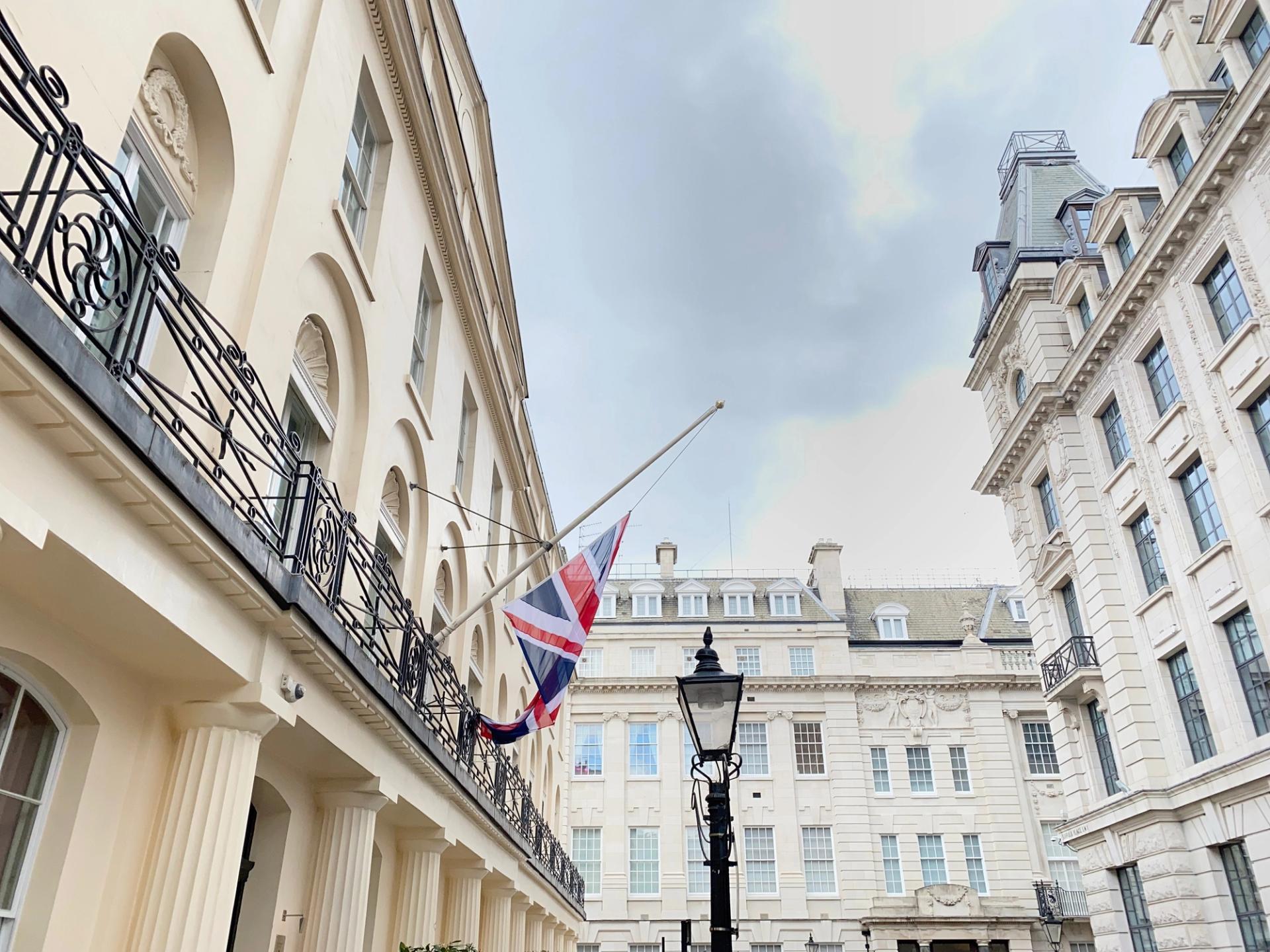By JADE LE DELEY
PARIS (AP) — An ambitious 27-year-old is vying against a longtime heavyweight in France’s main far-right party to replace Marine Le Pen as leader of the resurgent National Rally in a contest culminating Saturday at a party congress.
The congress comes as the anti-immigration party is seeking to capitalize on a breakthrough showing in legislative elections this year. It’s also facing broad public anger over a racist comment this week by a National Rally member in parliament that cast doubt on years of efforts to soften the party’s image.
Jordan Bardella, the younger candidate and an outspoken member of the European Parliament, is widely tipped to win and become the first person to lead the party who doesn’t have the Le Pen name since its creation a half-century ago.
Marine Le Pen has said she wants to focus on leading the party’s 89 lawmakers in the National Assembly and is still expected to wield significant power in party leadership.
Bardella has been the interim president of the National Rally since Le Pen entered the presidential race last year. His opponent Louis Aliot, 53, is the mayor of Perpignan and has been a senior official of the National Rally for two decades. He has been a fervent supporter of Le Pen’s rise and is a former romantic partner of hers.
Le Pen lost to Emmanuel Macron on her third bid for the presidency this year, but won 44% of the vote, her highest score yet. Two months later, her party won its most seats to date in the lower house of parliament. It has welcomed rising support for far-right parties elsewhere in Europe, and notably in neighboring Italy.
Le Pen has gone to great lengths to remove the stigma of racism and antisemitism that clung to the far-right party, to soften its image and to broaden her audience. She has notably distanced herself from her now ostracized father Jean-Marie Le Pen, who co-founded the party then called the National Front.
“Bardella is part of a generation of young, very young, people who engaged themselves behind Marine Le Pen in the 2010s and who probably wouldn’t have joined the National Rally during Jean-Marie Le Pen’s era,” political scientist Jean-Yves Camus told The Associated Press.
Bardella supports the anti-immigration and protectionist line of the party.
“Progress today is called localism. It’s called defending borders. It’s called protectionism,” he told the AP in 2019, ahead of European elections, rejecting what he called “massive immigration.”
On the other hand, Aliot, the current vice president of the party, argued that the National Rally needs to reshape itself to make it more palatable to the mainstream right.
According to Camus, the party vote won’t question Le Pen’s leadership.
“The first impact of this election is that Le Pen won’t have to deal with the party and can focus on the most important thing, leading the party’s lawmakers in the National Assembly,” he explained.
For the past few months, 40.000 members of the party have been voting online to elect the new head of the party. The results will be announced Saturday during the congress.
___
Elaine Ganley contributed to this report.









